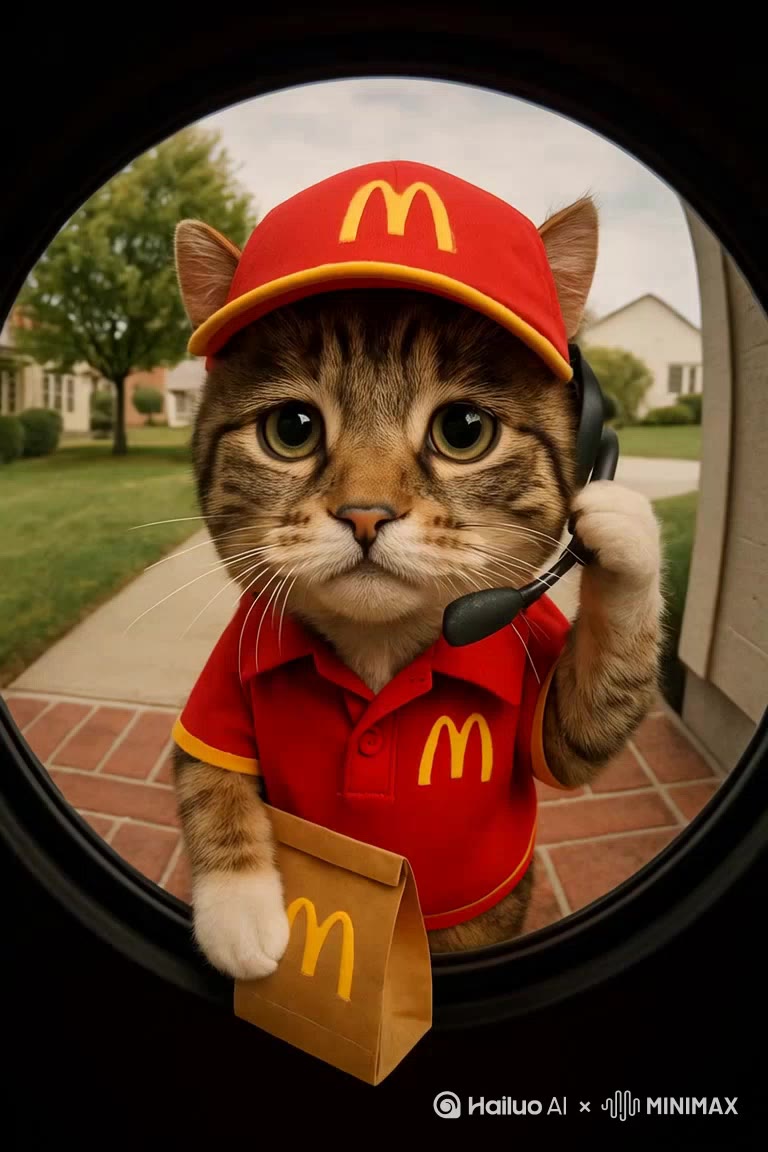Unlock Your Creativity: Discover the Future of Animation with AI Tools!
The world of animation is undergoing a remarkable transformation, thanks to the advent of artificial intelligence (AI). As technology continues to advance, AI animation tools are becoming increasingly important in the creative industry, allowing artists and animators to explore new horizons. These innovative tools not only streamline the animation process but also serve as a catalyst for pushing creative boundaries. By automating mundane tasks and providing intelligent suggestions, AI empowers creators to focus on what truly matters: their artistic vision. Whether you are a seasoned animator or a novice looking to dip your toes into animation, understanding how AI can enhance your workflow is essential in this rapidly changing landscape.

The Rise of AI in Animation
To appreciate the current influence of AI in animation, it is crucial to examine the historical progression of this art form. Animation has evolved significantly since its inception, moving from hand-drawn frames to sophisticated digital processes. The introduction of computer-generated imagery (CGI) revolutionized the industry, making it easier for creators to bring their ideas to life. However, the integration of AI into animation marks a new era, where machines can assist in generating content and enhancing creative processes. AI technologies are now capable of analyzing vast amounts of data, learning from it, and applying this knowledge to create animations that are not only appealing but also aligned with the latest trends. This evolution is reshaping how animators conceptualize and produce their work, making AI a key player in the future of animation.
Understanding AI Animation Tools
AI animation tools encompass a range of technologies designed to facilitate various aspects of animation production. At their core, these tools utilize algorithms and machine learning techniques to automate processes that traditionally required extensive manual effort. For instance, generative design tools can create unique assets based on predefined parameters, giving artists a plethora of options to choose from. Similarly, motion capture technology, enhanced by AI, allows for more accurate and efficient character animations by analyzing real-world movements and translating them into animated sequences. Automated character animation tools can also simplify the rigging process, enabling animators to bring their characters to life with minimal effort. By understanding these tools and their functionalities, animators can harness the power of AI to elevate their projects.
Benefits of Using AI Animation Tools
Incorporating AI tools into animation projects presents numerous advantages, fundamentally transforming the creative process. One of the most significant benefits is increased efficiency; AI can handle repetitive tasks, freeing up valuable time for animators to focus on creative decision-making. This efficiency often translates into faster project turnaround times, allowing for more projects to be completed within deadlines. Moreover, AI tools can enhance creativity by offering suggestions and alternatives that an artist may not have considered. For instance, a friend of mine who is an animator recently shared how AI-assisted brainstorming tools helped him explore diverse visual styles for a project he was working on. Additionally, the cost-effectiveness of AI tools cannot be overlooked; by streamlining workflows and reducing the need for extensive manpower, independent creators can manage their budgets more effectively without sacrificing quality.
Choosing the Right AI Animation Tool
With a plethora of AI animation tools available, selecting the right software can be overwhelming. To make an informed decision, animators should consider several key factors. User-friendliness is paramount; tools that are intuitive and easy to navigate can significantly enhance productivity, especially for beginners. Features offered by the software are also crucial; animators should assess whether the tool aligns with their specific needs, such as 2D or 3D animation, character rigging, or motion tracking capabilities. Compatibility with existing software and hardware is another essential consideration; ensuring that the chosen tool integrates smoothly into the current workflow can save time and frustration. Finally, support resources, including tutorials, forums, and customer service, play an important role in helping users maximize the potential of their chosen tools.
Future Trends in AI Animation
The future of AI animation tools is ripe with possibilities. As technology continues to evolve, we can expect even more sophisticated tools that further automate and enhance the animation process. Trends such as real-time rendering, powered by AI, promise to make the visualization process quicker and more interactive, allowing animators to see changes instantly. Additionally, advancements in natural language processing may lead to tools that can understand and respond to verbal commands, making animation creation more accessible than ever. These innovations could significantly influence the industry, enabling creators to produce content that is not only visually stunning but also rich in narrative depth. The ongoing integration of AI into animation heralds an exciting future for both creators and audiences alike.
Transforming Animation with AI
In summary, AI animation tools are transforming the landscape of animation by enhancing creativity, increasing efficiency, and providing animators with unprecedented opportunities to explore their artistic potential. As we have seen, the rise of AI in animation brings with it numerous benefits, but choosing the right tool is equally critical for success. By staying informed about the latest trends and innovations, creators can harness the power of AI to unlock new levels of creativity in their work. Embrace the future of animation by exploring AI tools that resonate with your creative vision and take your projects to new heights!










Comments